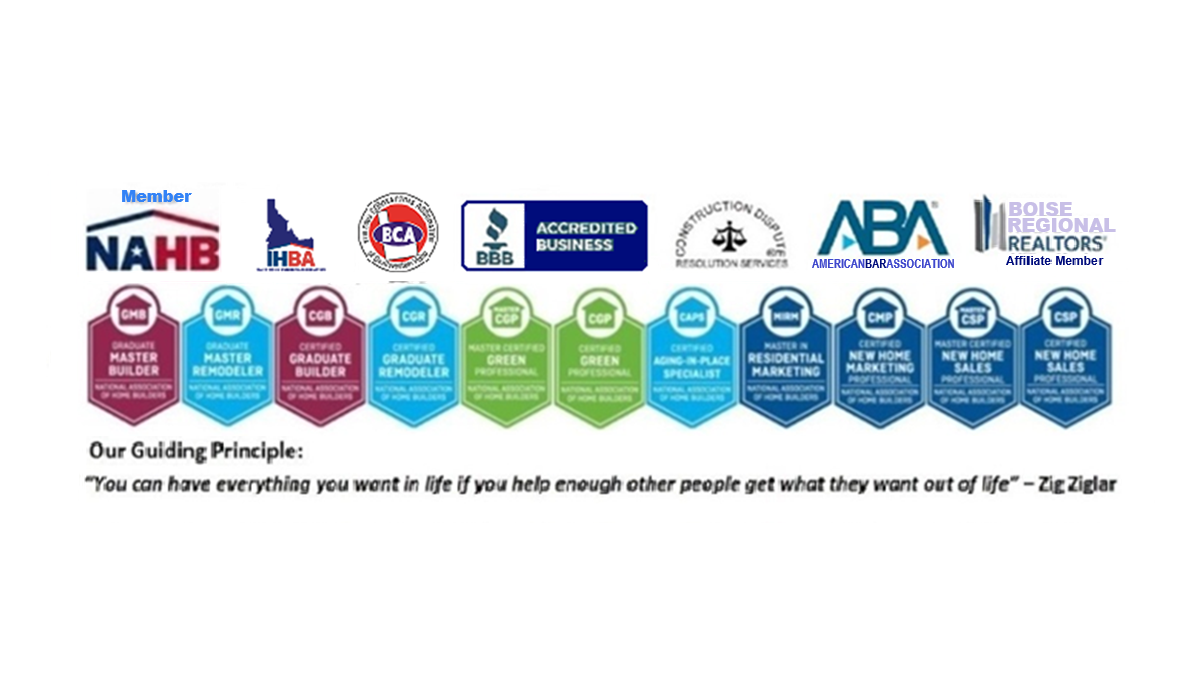The End of the McMansion? The Impact of Rising Energy Costs
The median size of new homes in the U.S. increased from just over 1,500 square feet in 1973 (the first year the Census Bureau began tracking new home size) to 2,309 square feet at its peak in 2007. The median size has declined almost 10% since then. Will the trend to smaller-sized homes persist? Let’s consider the rising cost of energy.
The depth of the downturn may, for the first time in at least 40 years, reduce real median household incomes while the cost of energy is predicted to grow faster than incomes in the coming years. Some experts argue that because smaller homes cost less to heat and cool, this alone should continue to support the trend to smaller homes. I respectfully disagree.
I have been building energy-efficient homes since for the past 10 years. Through programs like the U.S. Department of Energy’s Building America Program, we learned how to increase the energy-efficiency of any new home regardless of size by 30% to 50%. Energy-efficiency is a major component of all green building programs and because of the increased emphasis on green building fueled in part by the International Energy Conservation Code® (IECC) and the growing popularity of programs like NAHB Green, building products manufacturers are improving their existing products and developing new products to improve the energy-efficiency of the homes being built.
But what about home buyers. Based on my own experience over the past 10 years, while energy-efficiency might make it onto a homebuyers list of priorities, rarely is it at the top of the list.
In the spring of 2007, RCLCO (Robert Charles Lesser & Co., LLC) conducted a national survey of homeowners to gain an understanding of their attitudes toward green residential products. Among the questions asked were:
• Are “green” features and amenities important in your next home purchase?
• What “green” features and amenities are important to you in your next home purchase?
• Would you be willing to pay more for a “green” home, if so, how much?
The results of the survey revealed that only 21% of home buyers were interested in saving energy and realizing lower utility bills. Those in this group are most interested in energy-efficient and energy-saving features. Among this 21% of home buyers, 75% indicated they would be willing to spend more for an energy-efficient home provided their investment paid them back over time. If their investment might not pay them back over time, that percentage drops to 18%.
So I don’t think rising energy costs will drive the trend toward smaller homes.
Chuck Miller GMB CGP CGB MIRM CMP MCSP CSP
President / Builder – Chuck Miller Construction Inc.
(208) 229-2553


